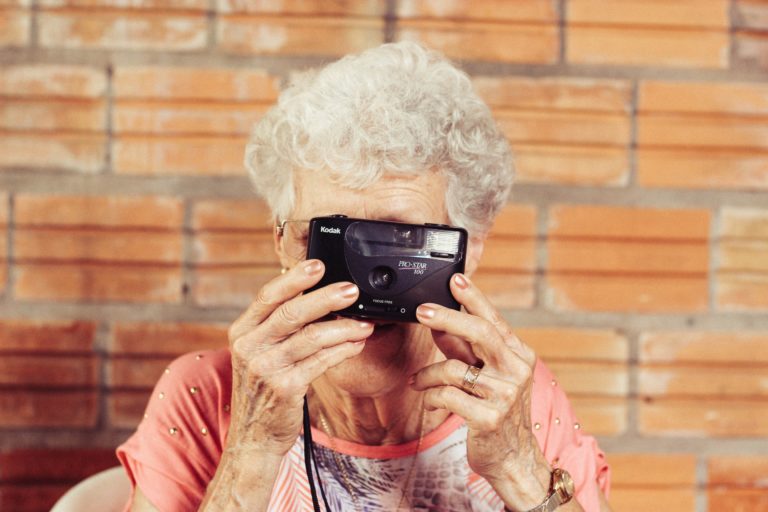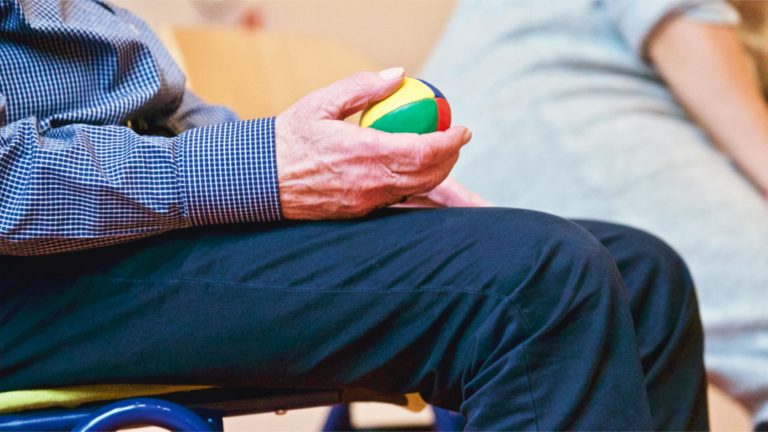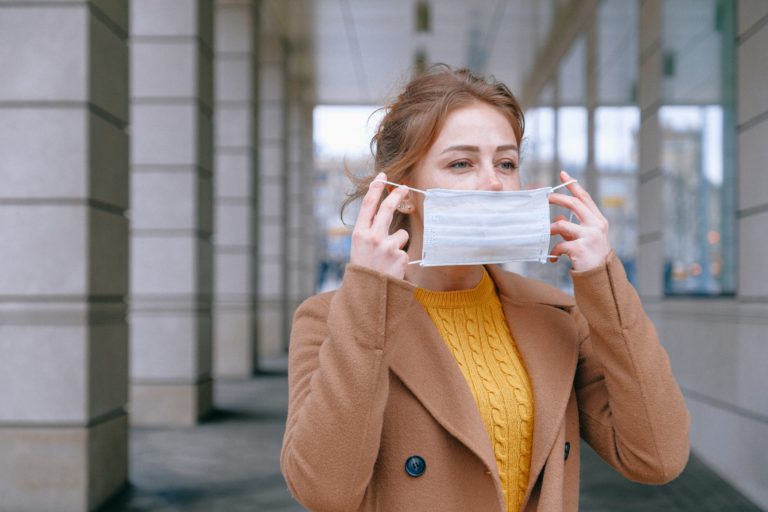
Should I Cash in My Life Insurance Policy?
Investopedia’s recent article entitled “Cashing in Your Life Insurance Policy” explains that there are some drawbacks to using life insurance to meet your immediate cash needs—one of which is potentially compromising your long-term goals or your family’s financial future. However, if other options aren’t available, life insurance—especially cash-value life insurance—can be a good source of needed income.
Cash-value life insurance, like whole life and universal life, builds reserves in its excess premiums plus earnings. The deposits are held in a cash-accumulation account within the policy. These cash-value life insurance policies offer the chance to access cash savings within the policy through withdrawals, policy loans, or partial or full surrender of the policy. Another option is to sell your policy for cash, which is called a life settlement.
While cash from the policy might be useful during stressful financial times, you could face unwanted consequences, depending on the way you use to access the funds. You can generally withdraw limited amounts of cash from a life insurance policy. The amount you can take differs, based on the type of policy you have and the carrier. The big advantage of cash-value withdrawals is they’re not taxable up to your policy basis, provided your policy isn’t classified as a modified endowment contract (MEC). That’s a term given to a life insurance policy, where the funding exceeds federal tax law limits.
You should also note that cash-value withdrawals can have some unexpected or unrealized consequences. For one, the withdrawals that decrease your cash value could reduce your death benefit, which is a potential source of funds you or your family might need for income replacement, business purposes, or wealth preservation.
Cash-value withdrawals aren’t always tax-free, like when you take a withdrawal during the first 15 years of the policy, and the withdrawal causes a reduction in the policy’s death benefit. If so, some or all of the withdrawn cash could be subject to taxation. The withdrawals that reduce your cash surrender value could also make your premiums go up to maintain the same death benefit. Otherwise, your policy could lapse.
If your policy has been classified as a modified endowment contract, the withdrawals generally are taxed pursuant to the rules applicable to annuities. The cash disbursements are considered to be made from interest first and are subject to income tax and possibly a 10% early-withdrawal penalty, if you’re under the age of age 59½, when you take out the funds.
Most cash-value policies let you borrow money from the issuer, using your cash-accumulation account as collateral. The amount you can borrow depends on the value of the policy’s cash-accumulation account and the contract’s terms. The borrowed amounts from non- modified endowment contract policies are not taxable, and you don’t have to make payments on the loan, even though the outstanding loan balance might be accruing interest. However, loan balances typically decrease your policy’s death benefit. Therefore, your beneficiaries might receive less than you intended. An unpaid loan accruing interest also reduces your cash value. This can cause the policy to lapse, if insufficient premiums are paid to maintain the death benefit. If the loan is still outstanding when the policy lapses or if you later surrender the insurance, the borrowed amount becomes taxable to the extent the cash value (without reduction for the outstanding loan balance) exceeds your basis in the contract.
Policy loans from a policy that’s seen as a MEC are treated as distributions. As a result, the amount of the loan up to the earnings in the policy will be taxable and could also be subject to the pre-59½ early-withdrawal penalty. Note that withdrawing money or borrowing money from your policy can reduce your policy’s death benefit. Surrendering the policy also means that you’re giving up the right to the death benefit altogether.
When you surrender or cancel your policy, you can use the cash any way you want. However, if you surrender the policy during the early years of ownership, there will probably be surrender fees that will drop the cash value. The gain on the surrendered policy is also taxed. If you have an outstanding loan balance against the policy, additional taxes could be incurred.
Look at other options before using your life insurance policy for cash, like borrowing against your 401(k) plan or taking out a home equity loan. Each has its drawbacks, but based on your current financial circumstances, some choices are better than others.
As the policy owner, if you sell your life insurance policy to an individual or a life settlement company in exchange for cash, the new owner will keep the policy in force (and pay the premiums). They’ll also get a return on the investment, by receiving the death benefit when you die. The big advantage to a life settlement is that you may receive more for the policy than by cashing it in (surrendering the policy). While life settlements can be a valuable source of liquidity, remember these issues:
- You relinquish control of the death benefit
- The new policy owner(s) has access to your past medical records and usually the right to request updates on your health; and
- The life settlement industry is very marginally regulated, so it’s hard to determine your policy’s value, which makes it tough to know if you’re getting a fair price for your policy.
Up to 30% of your proceeds may also go to commissions and fees, which reduces the net amount you receive.
Reference: Investopedia (Aug. 11, 2019) “Cashing in Your Life Insurance Policy”









